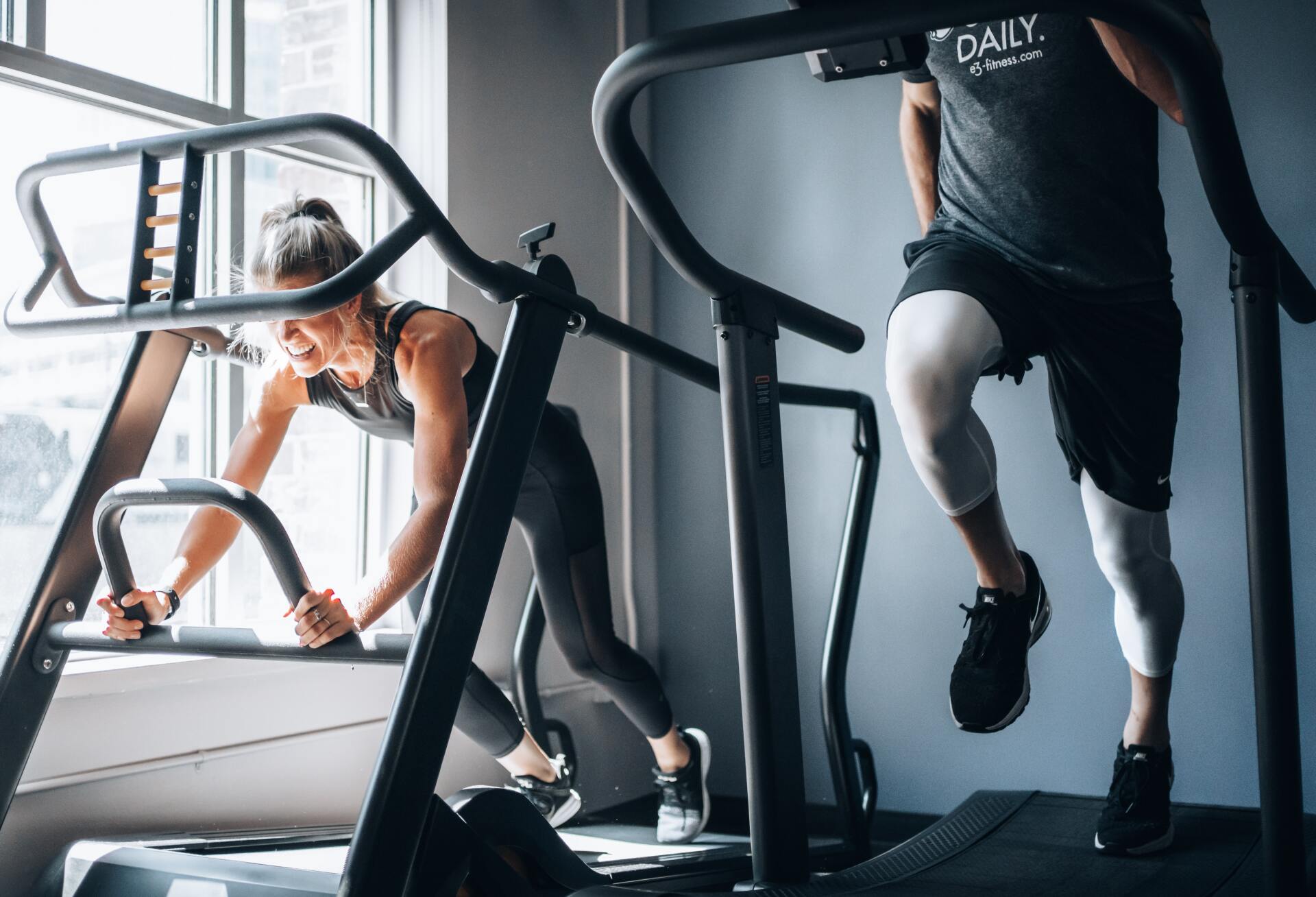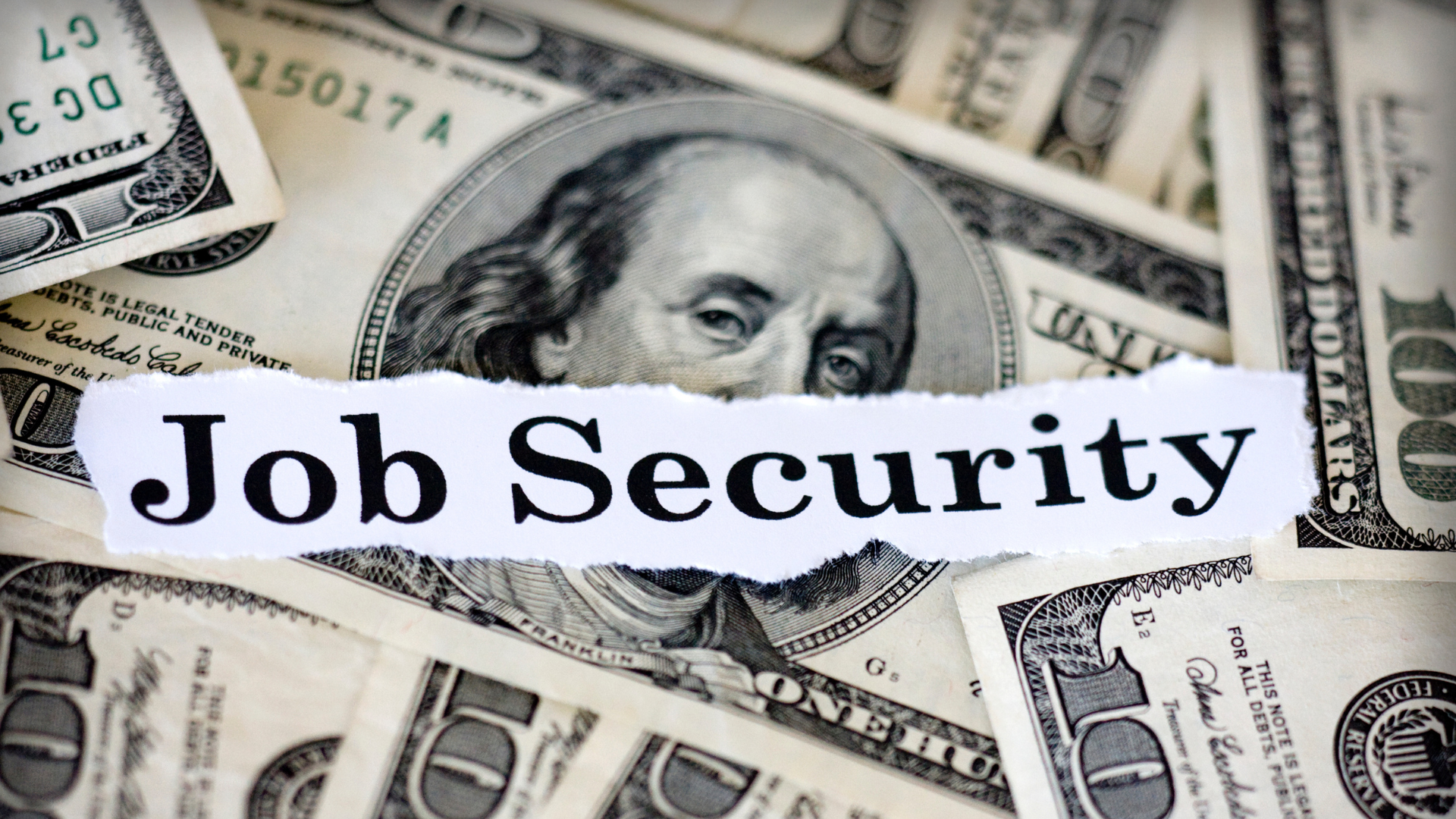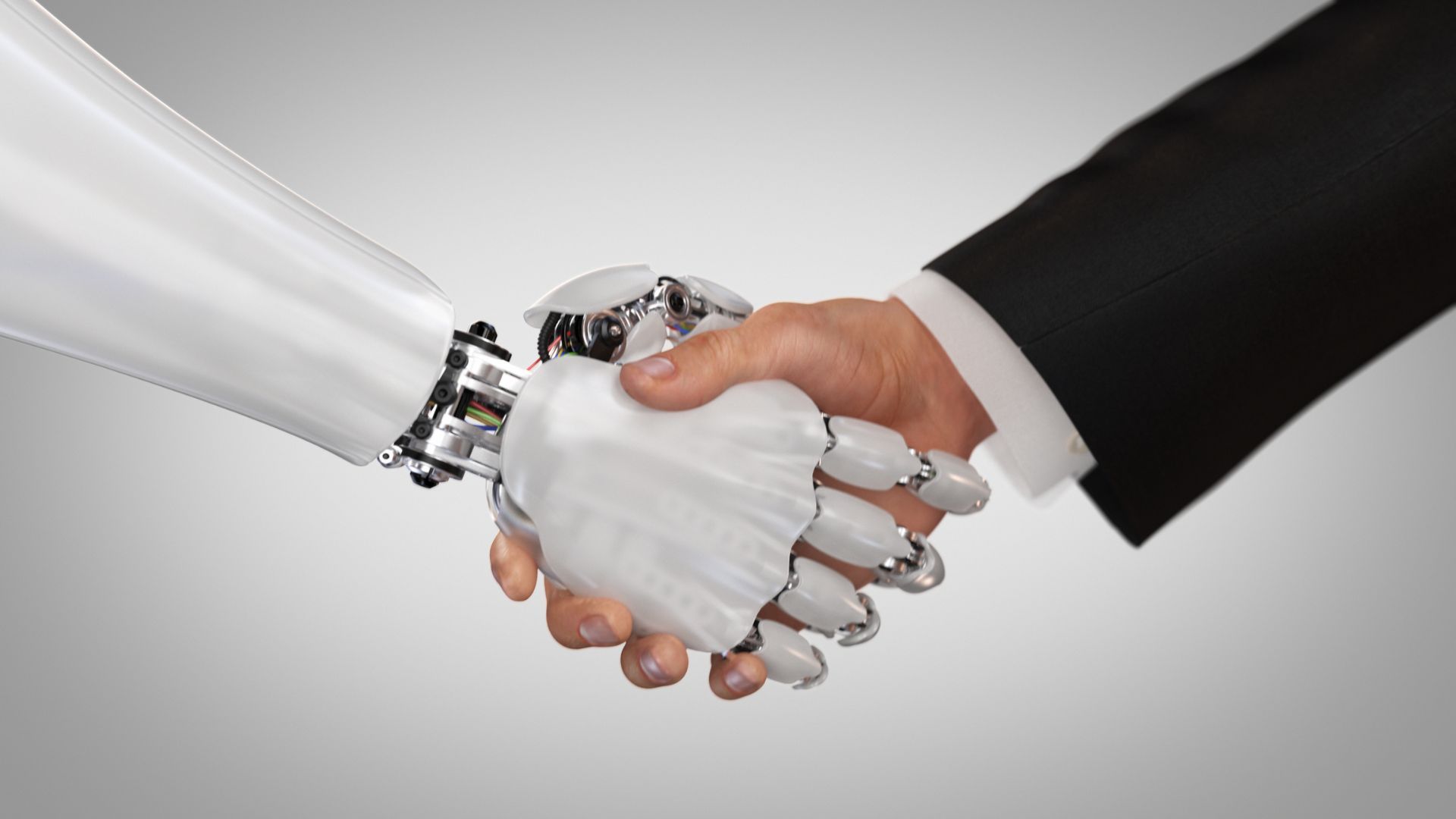How to stay active and mentally fit with a 9-5 job
Katarina Mali • March 28, 2022

So many of us spend our time working at our desk. Since the pandemic began in 2020, most people became even more confined indoors, with the majority working from home as well. It’s important to maintain a good balance between your work life and personal life. Whilst working a 9-5 job, staying active can be seen as a challenge and is often neglected by many due to time constraints.
Being stuck in the same 9-5 routine without any physical activity can have an impact on your mental health as well. Regular participation in physical activity can increase your self-esteem and can reduce work related stress and anxiety.
As we are returning to a pre pandemic lifestyle, many fitness studios across major cities are reopening for you to improve your wellbeing and your social life.
Here is an insight of both in person and online classes for you to get active, gain confidence and enhance your social life:
Sydney Dance Company
One of Australia’s most prestigious dance schools can have up to 16 in-studio and online classes, all occurring after work hours and on the weekends. Classes cover a huge range of abilities and styles, from beginner Ballet, Latin Funk and Hip Hop, all the way to stretch classes aimed at building core strength and better mobility.
Dancing Under the Influence
Located in the heart of the bustling Newtown (a suburb of Sydney), DUTI or
Dancing Under The Influence are on a mission to share dance with everyone. Their mission is to spread the love of dancing and staying active through a variety of classes via their knowledge and their skilled instructors. From Afro-Fusion, Commercial Jazz and High Heel Classes, these are all going to make you gain the confidence that you need.
Barre Body
A feel good fitness space with the passion of getting everybody moving, grooving and feeling good,
Barre Body is a luxe yoga and barre studio where you can sweat it out, work on your flexibility and get your arabesque on. Getting started is simple! Choosing between an online workout where you can customise your class to suit your needs and how far you can push yourself or going into the Zen, with grand floor-to-ceiling arched windows to sweat it, this is a perfect opportunity to explore a new way to release pressure on your body.
Barry's
Barry's has a global reputation for not just being a world-class fitness brand, but also for the high quality of its facilities, where the atmosphere, lighting, and soundtrack are just as essential as the training equipment. In Sydney, they’re based in Surry Hills, the Central Business District and Kings Cross, 3 studios where a team of elite fitness professionals oversee the circuit type exercises. Barry's training methodology combines weight training and high-intensity interval cardio to enhance tone, strength, and endurance simultaneously.
Street Lain Australia
Street Latin Australia is a new and funky environment offering classes for both Street Style, Hip Hop and Latin dancing for beginners to professional level. With instructors who have travelled around the world and mastered the culture of dance, they offer a passionate, fun and friendly atmosphere. From Cuban Sala, Bachata, Hip Hop and Reggaetón, this is a perfect way to get your body moving and grooving.
Corporate Fitness Centre
From first timers to professionals,
Corporate Fitness Centre offer over 30 classes per week, due to the recent surge in the popularity of boxing. As a fun and challenging form of training, this studio will offer a high intensity cardio workout that is great for your heart and to burn all of those kilojoules (or calories!). From defense, offence, footwork and conditioning sessions, Corporate Fitness Centre add the benefit of improving your self-discipline and self-confidence.
Find the job you love I Find the right talent
Get in touch with people2people
Australia
I
United Kingdom
In business since 2002 in Australia, NZ, and the United Kingdom, people2people is an award-winning recruitment agency with people at our heart. With over 12 offices, we specialise in accounting and finance, business support, education, executive, government, HR, legal, marketing and digital, property, sales, supply chain, and technology sectors. As the proud recipients of the 2024 Outstanding Large Agency and Excellence in Candidate Care Awards, we are dedicated to helping businesses achieve success through a people-first approach.






